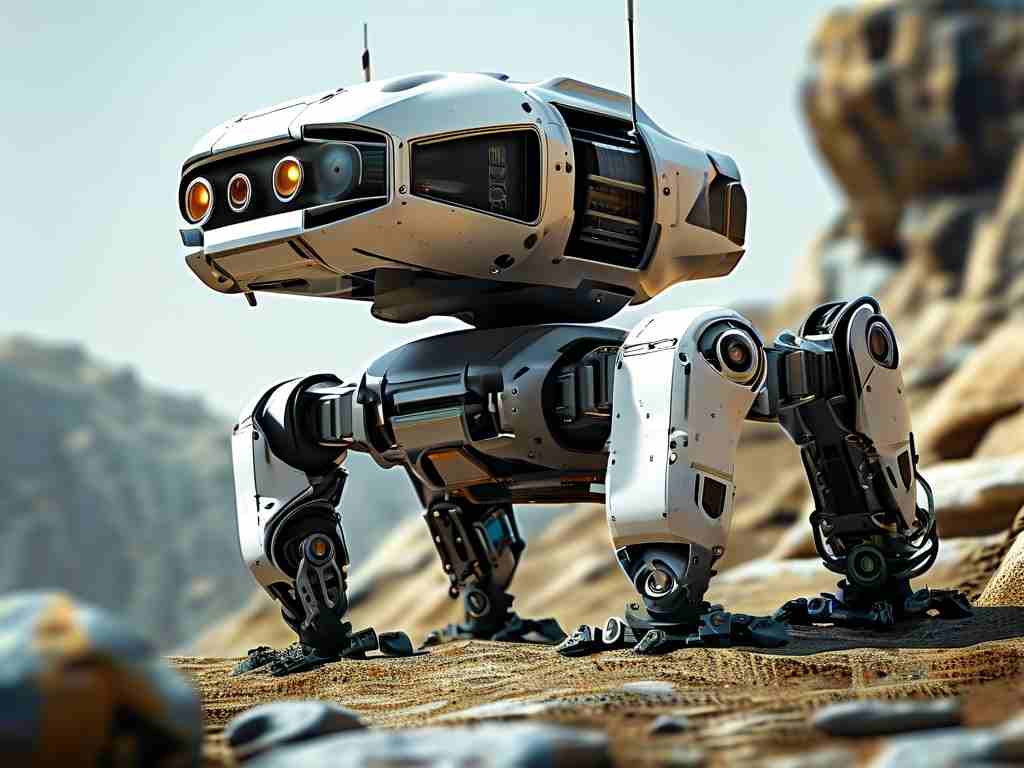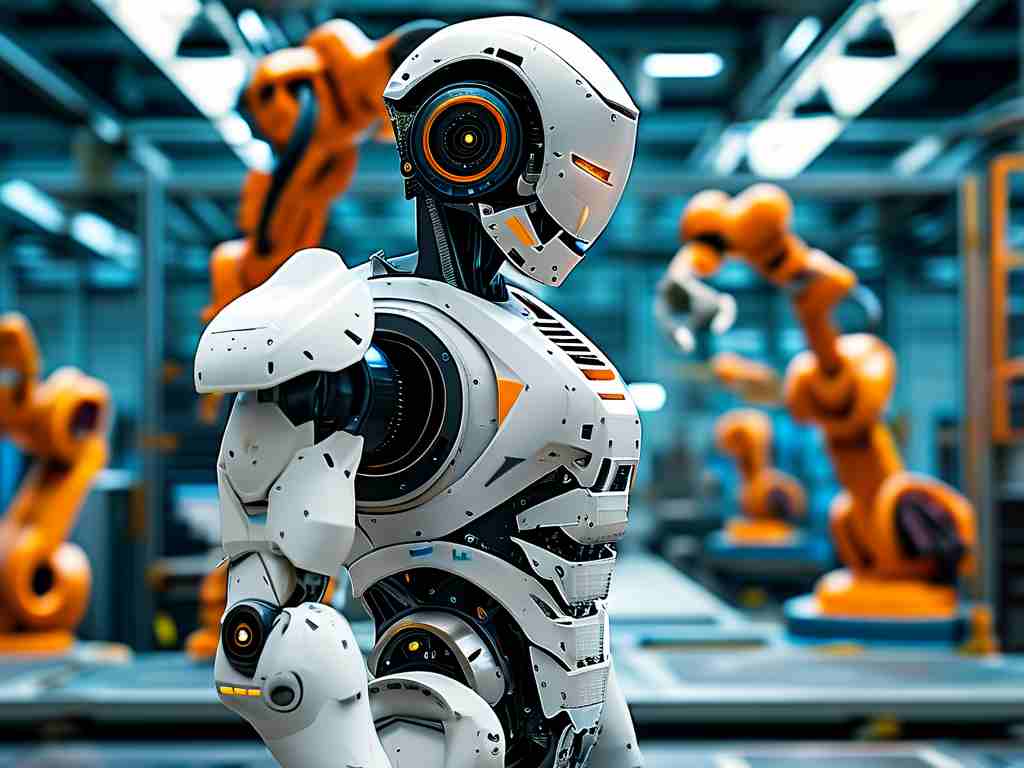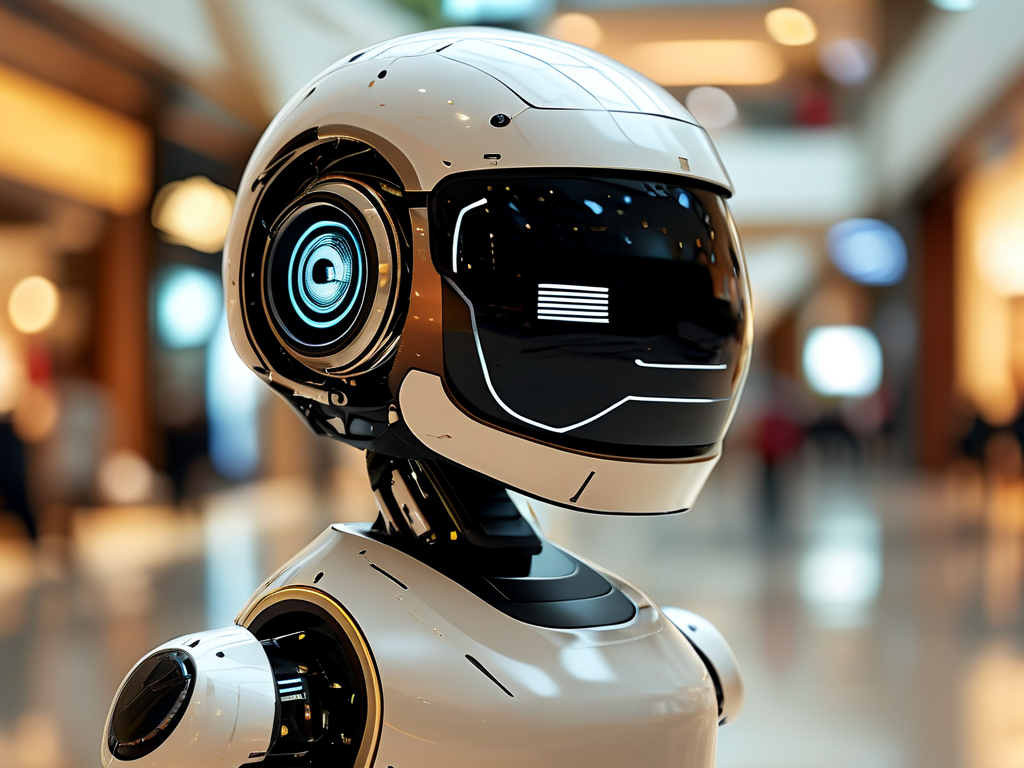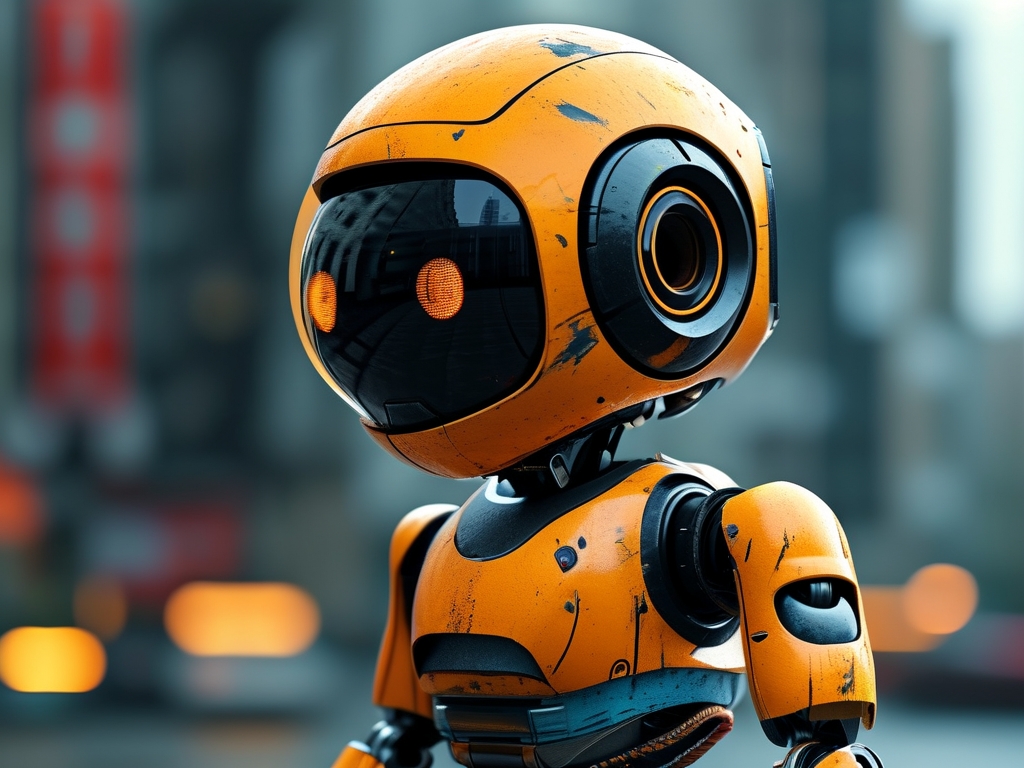The evolution of crawling robots has revolutionized industries ranging from industrial inspection to disaster response. As these machines become integral to complex tasks, establishing universal technical requirements ensures interoperability, safety, and performance consistency across applications. This article explores the core technical standards shaping the design and deployment of modern crawling robots.

Structural Integrity and Material Selection
A crawling robot’s mechanical design must balance durability with adaptability. Materials such as carbon fiber composites or aerospace-grade aluminum alloys are preferred for their high strength-to-weight ratios. Joints and connectors require corrosion-resistant coatings, especially for robots operating in humid or chemically aggressive environments. Modular designs enable rapid component replacement, reducing downtime during maintenance.
Mobility and Terrain Adaptation
The primary advantage of crawling robots lies in their ability to navigate uneven surfaces. Multi-segmented configurations with active suspension systems allow stable movement across rubble, pipelines, or steep inclines. Technical specifications should mandate a minimum obstacle clearance height relative to the robot’s body size. Additionally, adhesive mechanisms—such as gecko-inspired grippers or magnetic feet—expand operational scope in vertical or inverted pathways.
Sensor Integration and Data Accuracy
High-precision sensors form the backbone of autonomous crawling robots. Standardized requirements include inertial measurement units (IMUs) for orientation tracking and LiDAR for 3D mapping in low-visibility conditions. Thermal imaging cameras and gas detectors are critical for hazardous environment inspections. Calibration protocols must ensure sensor data accuracy within ±2% under varying temperatures and pressures.
Power Management and Energy Efficiency
Battery systems must support extended missions without frequent recharging. Current benchmarks demand a minimum operational lifespan of 8 hours under continuous load. Energy recovery mechanisms, such as regenerative braking during descent, enhance sustainability. Waterproof battery housings and fail-safe circuits are non-negotiable for robots deployed in wet or explosive atmospheres.
Communication Protocols and Cybersecurity
Reliable data transmission is vital for remote-controlled or semi-autonomous robots. Technical standards should enforce dual-band Wi-Fi and Bluetooth 5.0 compatibility, with optional satellite uplinks for underground or offshore operations. Encrypted communication channels prevent unauthorized access, while error-correction algorithms maintain signal integrity in electromagnetically noisy settings.
Environmental Compliance and Safety
Crawling robots must adhere to region-specific regulations, such as IP68 ratings for dust/water resistance or ATEX certification for explosive zones. Emergency stop mechanisms, collision avoidance systems, and fail-safe shutdown procedures mitigate operational risks. Manufacturers are encouraged to adopt eco-friendly manufacturing processes and recyclable materials.
Interoperability and Software Frameworks
Open-source software architectures enable third-party developers to create custom tools for niche applications. Application programming interfaces (APIs) should follow ROS (Robot Operating System) conventions to ensure cross-platform compatibility. Firmware update protocols must include version control and rollback features to prevent system instability.
Testing and Certification Processes
Rigorous validation under simulated real-world conditions separates compliant robots from prototypes. Stress tests might involve 1,000+ hours of continuous operation or exposure to extreme temperatures (-20°C to 60°C). Independent certification bodies play a key role in auditing compliance with international standards like ISO 13482 for safety requirements.
As crawling robots penetrate sectors from agriculture to space exploration, harmonizing technical specifications fosters innovation while maintaining quality benchmarks. Future advancements in AI-driven autonomy and biomimetic designs will further refine these standards, ensuring crawling robots remain at the forefront of technological progress.




